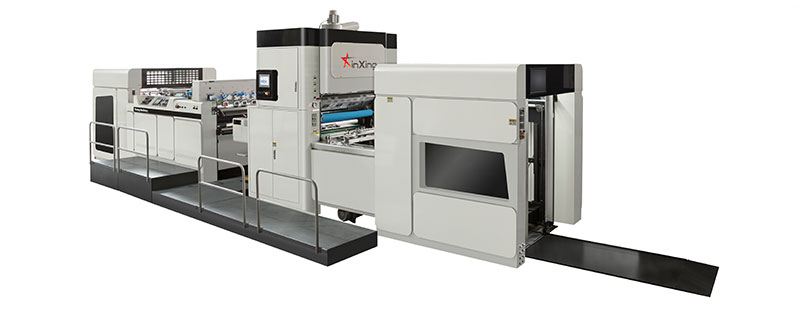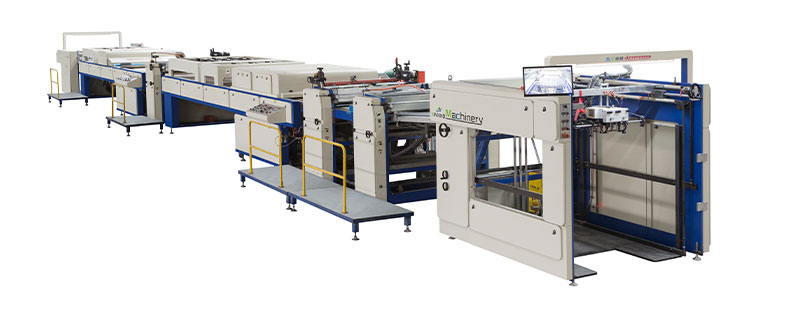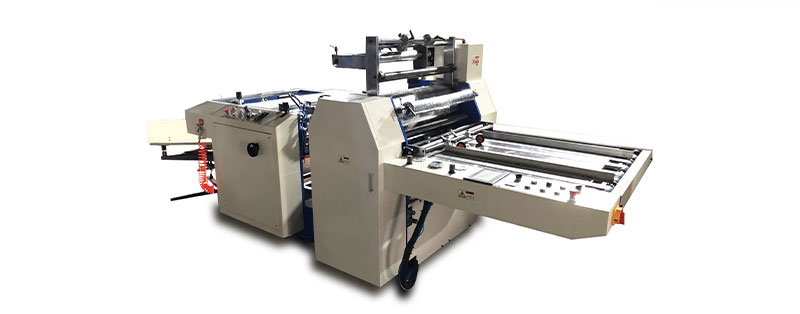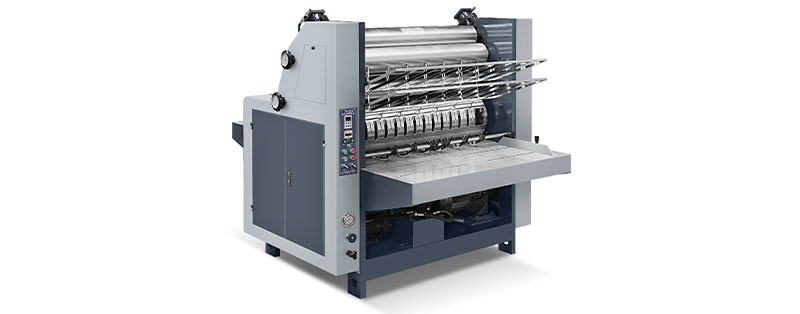A paper pasting machine is vital in packaging and printing industries. Regular maintenance is key to ensure normal operation, extend lifespan, and maintain product quality. Here are the main maintenance steps.
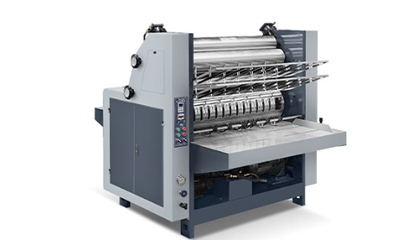
I. Daily Cleaning
A. Residual Paste Removal
After use, clean paste - applying parts. Residual paste can harden, affecting future paste application. Use a soft brush or cloth with a suitable cleaning agent (compatible with the machine) to remove paste from rollers, nozzles, etc. For water - based paste, warm water can start the cleaning, followed by a damp - cloth wipe.
B. Machine Surface Cleaning
Keep the machine's overall surface clean. Dust, debris, and paper scraps can accumulate, affecting appearance and potentially causing malfunctions in moving parts. Wipe the surface regularly with a dry cloth, especially around conveyor belts where paper scraps gather.
II. Component Inspection
A. Roller Check
Rollers are crucial for paper feeding and paste distribution. Regularly inspect for wear signs like uneven surfaces, grooves, or cracks. Uneven wear leads to inconsistent paper feeding and paste application. Use a caliper to measure roller diameters. Replace or repair overly worn rollers.
B. Electrical System Examination
Inspect the complex electrical system. Check wiring for fraying, loose connections, or exposed wires, which can cause malfunctions or safety hazards. Test electrical switches and controls, such as start - stop buttons and speed regulators, to ensure proper function.
C. Pasting Mechanism Inspection
Examine the pasting mechanism, including the paste pump, valves, and nozzles. Ensure the pump delivers the right amount of paste. Clear nozzle blockages with a small brush or rod. Verify valves open and close correctly to control paste flow.
III. Lubrication
A. Moving Parts Lubrication
Moving parts like gears, chains, and bearings need regular lubrication. Lubrication reduces friction, minimizing wear and ensuring smooth operation. Use a high - quality lubricant recommended by the manufacturer and apply it to the indicated points in the manual. Different parts may require different lubricants.
IV. Regular Calibration
A. Paper Feeding System Calibration
Calibrate the paper - feeding system regularly. Adjust sensors and settings to ensure accurate paper feeding speed and amount. Incorrect feeding can cause misalignment, double - feeding, or jams. Use manufacturer - provided tools or follow the manual's calibration procedures and check accuracy with test batches.
B. Pasting Amount Calibration
Calibrate the paste - applying amount. Adjust the paste - applying mechanism settings, like pump pressure or nozzle opening, according to paper type and required paste thickness. Run test runs to find the optimal calibration for each job.
V. Replacement of Consumables and Wear - and - Tear Parts
A. Consumable Replacement
Replace consumables like paste - applying brushes or pads when signs of wear appear. Worn - out consumables result in poor paste application and reduced product quality.
B. Wear - and - Tear Parts Replacement
Monitor parts prone to wear and tear, such as belts, seals, and gaskets. They may stretch, crack, or get damaged over time, affecting machine performance. Keep a stock of common wear - and - tear parts and replace them as needed. For example, replace frayed or loose conveyor belts immediately.
In conclusion, following these maintenance procedures helps the paper pasting machine operate smoothly, produce high - quality results, and have a long service life. Regular maintenance reduces breakdown risks and improves efficiency.


